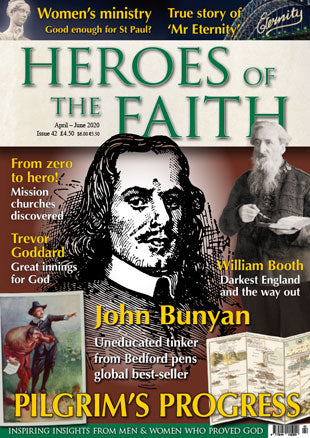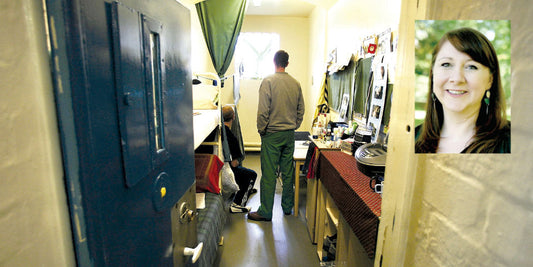
The Man Known As "Mr Eternity"
At the dawn of any new year, the first pictures are usually beamed worldwide from Sydney, Australia, and the start of the new millennium was no exception.
On the first day of January 2000, more than two billion people throughout the world are reckoned to have seen the word ‘Eternity’ illuminated in large letters on the side of the Sydney Harbour Bridge. Few, however, knew the remarkable story that lay behind that word.
Arthur Stace was born in a Sydney slum on 9 February 1885, to alcoholic parents. Sadly, the parents not only wrecked their own lives with alcohol but also passed on the addiction to their children. Arthur’s two sisters operated a brothel (for which he acted as a scout) and eventually both his parents and four of his siblings died as drunkards and vagrants. With no parental support whatever, Arthur had to survive by his wits, and he quickly fell into petty theft, stealing milk from doorsteps, picking scraps of food out of garbage bins and pilfering goods from shops. Having had hardly any education whatever, he was illiterate, and by 15 he unsurprisingly landed in jail.
Relief came for Arthur in 1916, when he joined the Australian Army to serve in World War I. Despite his small stature (just 5’3” and 7 stone) and his criminal record, he was accepted due to a shortage of troops, and served in France as a stretcher bearer.
... story continues








